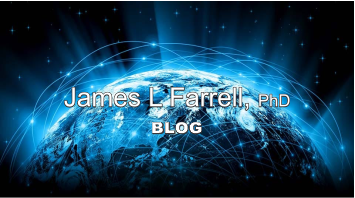What’s New? — A pledge fulfilled
A review described my 2007 book as “teeming with insights that are hard to find or unavailable elsewhere” — I hasten to explain that the purpose wasn’t to be different for the sake of being different. With today’s large and growing obstacles placed in the way of satellite navigation, unusual features of my approach were motivated primarily by one paramount objective: robustness. Topics now to be addressed are prompted largely by a number of LinkedIn discussions. In one of them I pledged that my unusual-&-unfamiliar methods, adding up to a list of appreciable length, would soon be made available to all. This blog satisfies that promise, in a way that is more thorough than listings offered previously. I’ll begin with innovations made in my earlier (pre-GPS) book Integrated Aircraft Navigation . That book’s purpose was primarily educational; learning either inertial navigation or Kalman filtering from any/all literature existing in the mid-1970s was quite challenging (try it if you’re skeptical). Still it offered some features originating with me. Chief among those were
* extension of previously known precession analysis, following through to provide a full closed form solution for the attitude matrix
vs time (Appendix 2.A.2)
* extension of the previously known Schuler phenomenon, following through to provide a full closed form solution for tilt and horizontal velocity errors throughout a Schuler period (Section 3.4.2), and reduction to intuitive results for durations substantially shorter
* an exact difference in radii, facilitating wander azimuth development that offers immunity to numerical degradation even as the polar singularity is reached and crossed (Section 3.6)
* analytical characterization for average rate of drift from pseudoconing (Section 4.3.4), plus connection between that and the gyrodynamics analysis preceding it with the classical (Goodman/Robinson) coning explanation
* expansion of the item just listed to an extensive array of motion-sensitive errors for gyros and accelerometers, including rectification effects (some previously unrecognized) in Chapter 4
* Eq. (5-57) with powerful ramifications for the level of process noise spectral density (which, without a guide, can otherwise be the hardest part of Kalman filter design) .
The list now continues, with innovations appearing in the 2007 book —
* Eq. (2.65), in correspondence to the last item just identified — with follow-through in Section 4.5 (and also with history of successful usage in tracking operations)
* Section 2.6, laying a foundation for much material following it
* Eqs. (3.10-3.12), again showing wander azimuth immune to numerical degradation
* Section 3.4.1 for easier-than-usual yet highly accurate position (cm per km) incrementing in wander azimuth systems
* first bulleted item on the lower half of p.46, which foreshadows major simplifications in Kalman filter models that follow it
* Table 4.2, which the industry continues to ignore — at its peril when trying to enable free-inertial coast over extended durations
*
sequential changes in carrier phase
(Section 5.6, validated in Table 5.3) — and how it relieves otherwise serious interoperability problems (Section 7.2.3), especially if used with FFT-based processing (Section 7.3)
* single-measurement RAIM, Section 6.3
* computational sync, Section 7.1.2
* tracking applications (Chapter 9, also validated in operation) with emphasis on identifying what’s common — and what isn’t — among different operations
* realistic free-inertial coast characterization and capabilities, Appendix II
* practical realities, Appendix III
* my separaton of position from dynamics + MANY ramifications
* commonality of track with short-term INS error propagation (Section 5.6.1)
There are more items, e.g., various blogs from this website, which can be helpful also in pointing out other descriptions e.g.,
1-sec carrier phase usage










